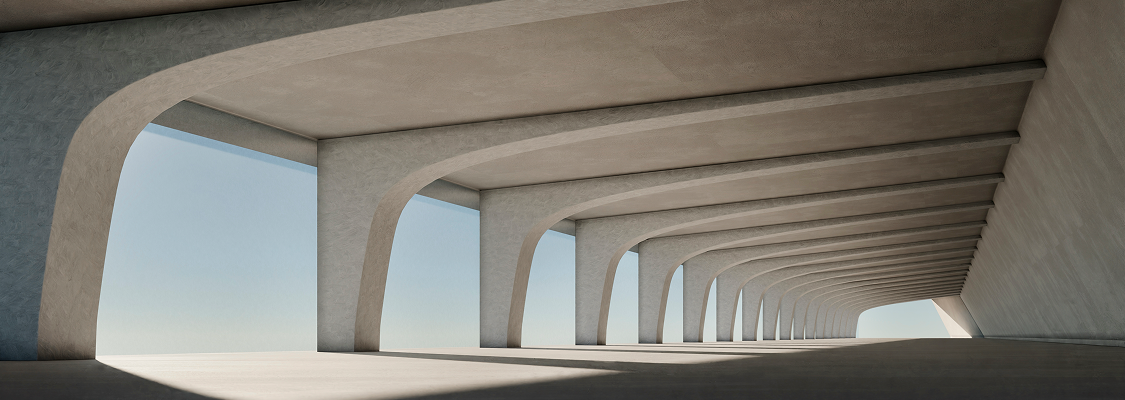Let’s take a moment to consider the human body: it can heal itself—cuts close, bones mend, and cells continually repair. Nature works in a similar way: trees heal their bark, rivers carve new paths.
What if concrete could do the same? Today, this is no longer a futuristic concept. Concrete now has the ability to heal its own cracks. With self-healing concrete, structures can repair themselves like living organisms, reducing maintenance costs and increasing durability.
Self-healing concrete refers to concrete that can repair its cracks after sustaining damage. There is often a direct correlation between cracks and durability. Various types of cracks can occur in structures, such as settlement cracks, expansion cracks, plastic shrinkage cracks, shear or flexural cracks, or combinations of these. Rebar corrosion, weather-related cracking, and poor construction practices also contribute to the problem.
Self-healing concrete is more resistant to both physical and chemical damage than conventional types, offering an effective solution to these issues.
Types of Self-Healing Concrete
Self-healing concrete falls into two main categories: Biotic (Living) and Abiotic (Non-Living) concrete.
Biotic Concrete: This type incorporates bacteria that act as a catalyst in the healing process. When the concrete cracks, the bacteria become active upon contact with water, converting calcium lactate into limestone, which fills the cracks. This method is especially effective in areas exposed to moisture or water.
Abiotic Concrete: Instead of biological agents, this concrete uses chemical substances to heal cracks. It is preferred in environments where moisture is limited.
Self-healing concrete can be used in a wide variety of structures:
• Roads and Pavements: Minor cracks can be automatically repaired, improving lifespan and safety.
• Bridges: Small cracks from freeze-thaw cycles can be closed autonomously using bacterial concrete.
• Residential and Commercial Buildings: Automatic crack repair helps extend the lifespan of structures and reduce the need for maintenance.
• Tunnels: Cracks are sealed through calcium carbonate crystallization and the reaction of unhydrated cement.
• Airports and Ports: Heavy machinery and high traffic cause wear, but capsule-based or autonomous systems enhance durability through self-repair.
• Dams and Reservoirs: Automatic crack repair increases the lifespan and safety of these critical infrastructures.
Advantages of Self-Healing Concrete:
• Long-lasting
• Reduces maintenance costs – Cracks repair themselves without external intervention
• Improves compressive strength of concrete
Challenges of Self-Healing Concrete:
• High Cost: It is currently more expensive than traditional concrete, although costs are expected to decrease as the technology becomes more widespread.
• Lack of Knowledge: As a relatively new material, many contractors are still unfamiliar with its application.
• Absence of Standards: There are no established standards for self-healing concrete yet.
Self-healing concrete represents a promising solution for sustainable and long-lasting construction. As research advances and adoption increases, building resilience will improve, and maintenance costs will decline.






